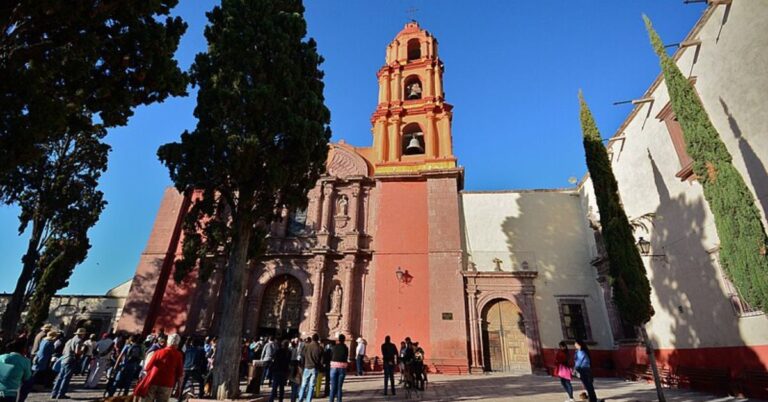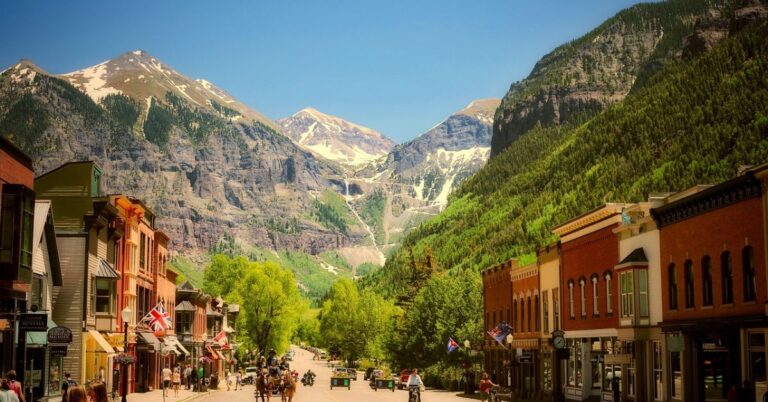25 Cliffside Places In Portugal With Sweeping Views Of The Atlantic

Portugal’s cliffside towns are the kind of places that make you do a double take. Think narrow streets with a view of the wild, crashing Atlantic on one side and colorful houses stacked against the cliffs on the other. So, let’s take a look at 25 of these coastal gems that’ll have you feeling like you’ve discovered Portugal’s best-kept secret.
Cascais
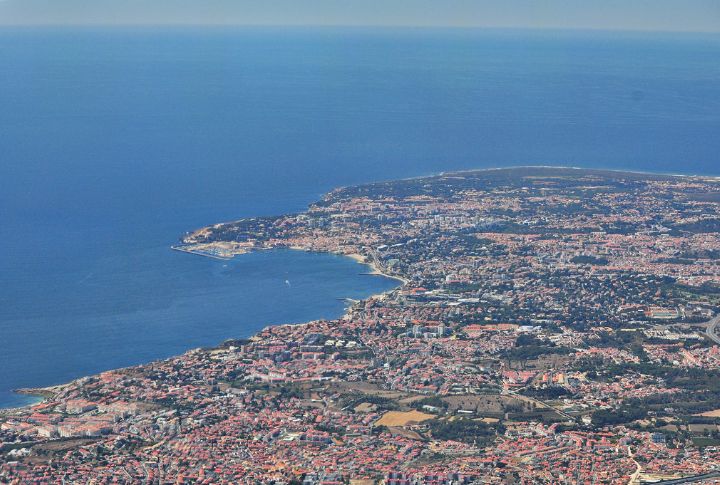
Once a sleepy fishing village, Cascais took center stage during WWII as a refuge for exiled European royalty. Today, it’s where you can explore sea-blasted cliffs just minutes from high-end boutiques and art galleries. For film buffs, it’s also a memorable location, having made an appearance in “On Her Majesty’s Secret Service.”
Arrifana

Arrifana, a small village on Portugal’s southwest coast in the Algarve region, is known for its cliffs, crescent-shaped beach, and consistent Atlantic waves that make it a top surfing destination. Located within the Vicentine Coast Natural Park, it offers unspoiled natural beauty.
Porto Covo

Porto Covo, a humble village in the Alentejo, features Praia dos Buizinhos, a beach hugged by jagged cliffs and laced with tide pools. The offshore Ilha do Pessegueiro—complete with Roman ruins and a half-finished 17th-century fort—adds a ghostly charm to the seascape.
Lagos
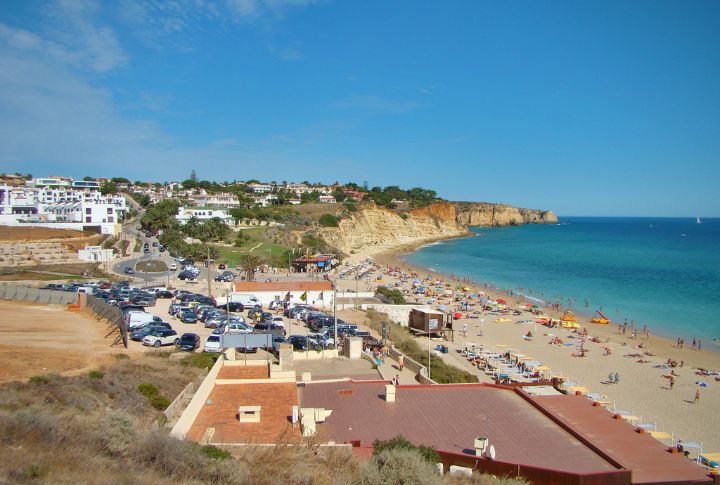
Back in the Age of Discoveries, ships set sail from Lagos to explore unknown continents. That bold spirit lives on in Ponta da Piedade, where golden limestone cliffs rise like ancient sentinels above grottos. Here, you can kayak through natural arches or take a boat under rocky cathedrals lit by sunlight.
Aljezur

Laid-back and largely untouched, Aljezur is a surfing haven in the Costa Vicentina. Just a short drive leads to Praia da Amoreira, where cliffs form a natural amphitheater around wide sands and crashing surf. The town’s sleepy rhythm, steeped in Moorish echoes, is perfectly mirrored by the cliffs that guard its beaches.
Nazare
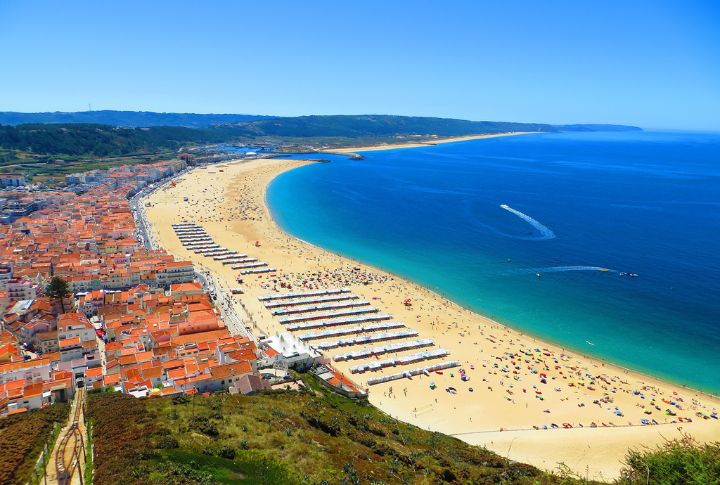
In 2011, a surfer rode a 78-foot wave off the coast of Nazare, smashing records and turning this once-quiet town into a global surf mecca. Towering above that wave zone is the Sitio promontory, accessible by a funicular that’s been running since 1889.
Ericeira
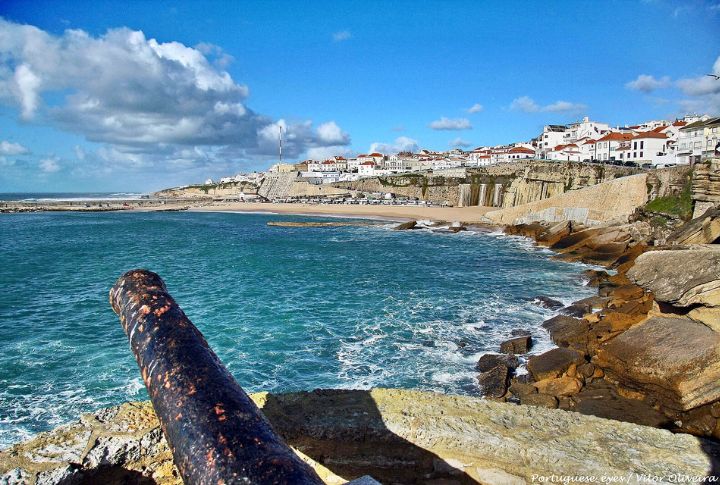
Europe’s first World Surfing Reserve, Ericeira, hugs a series of cliffs that overlook rolling blue breaks and honey-hued beaches. But beyond the surf scene, it’s a charming fishing village with whitewashed houses, tiles, and cliffside cafes that seem to float above the Atlantic.
Sesimbra
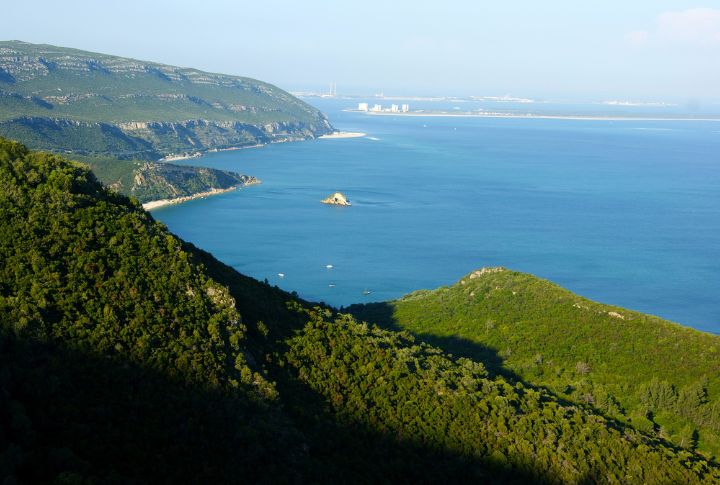
Set between the green folds of the Arrabida mountains and the Atlantic, Sesimbra’s cliffs form a natural fortress above the bays. Explore the Moorish castle for sweeping sea views, or descend to the fishing port, where cliffs cradle the town in a sunlit embrace.
Figueira Da Foz
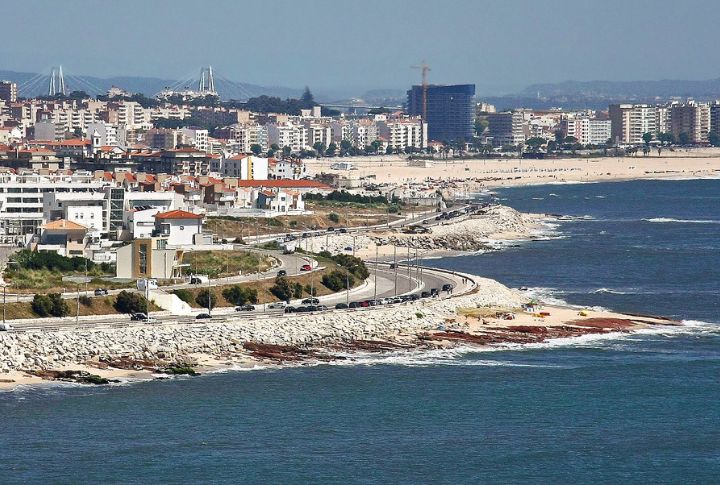
In 1910, Figueira da Foz became Portugal’s unofficial summer capital, and its mansions still stand watch over the Serra da Boa Viagem cliffs. Moreover, this mountain ridge, rising just above the town, reveals coastal panoramas that seem to go on forever.
Peniche
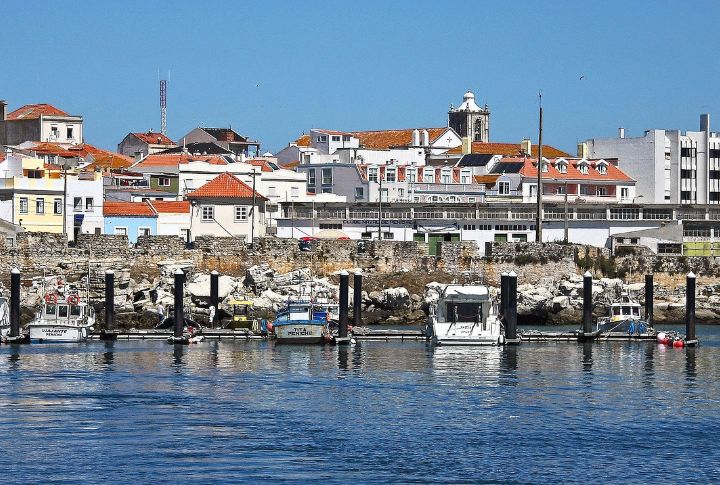
Connected by a narrow causeway, Peniche feels more like the Atlantic than a mainland. Its wildest edge is Cabo Carvoeiro, where marine fossils spill from rock layers, and the Berlenga Archipelago hovers offshore like a mirage. Fortresses here once housed political prisoners under Salazar’s regime.
Berlenga Island
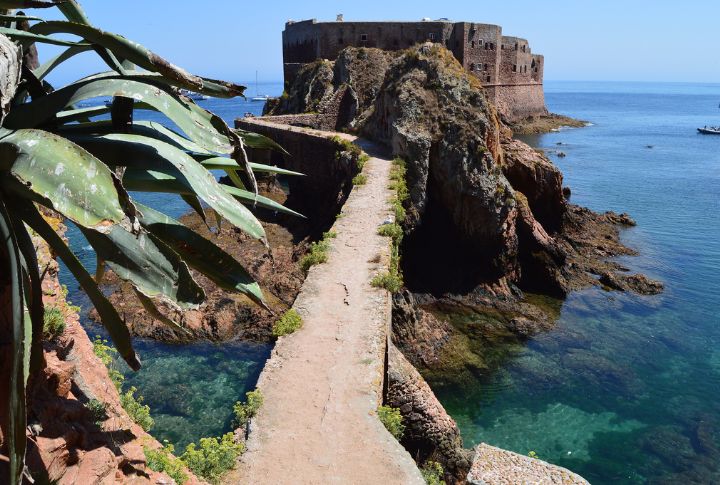
Only reachable by boat from Peniche, Berlenga Island feels like it was carved for pirates and poets alike. This remote speck of granite, part of the Berlengas Nature Reserve, is wrapped in sheer cliffs that plummet into sapphire waters teeming with sea life.
Viana Do Castelo
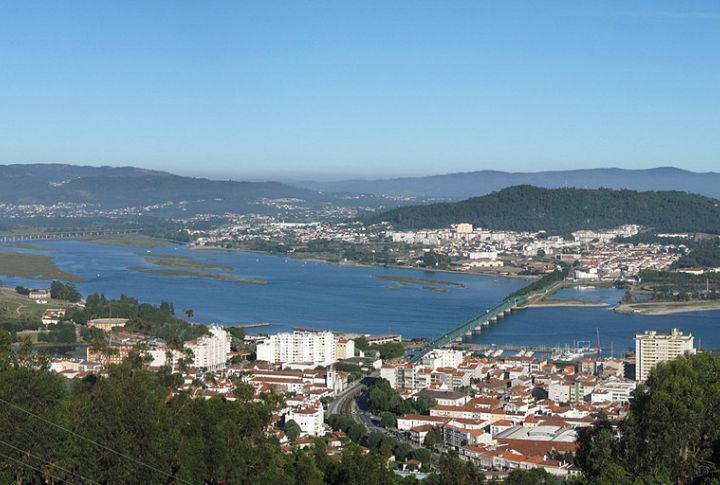
The Gil Eannes, a decommissioned 1955 hospital ship, now floats proudly in the harbor of Viana do Castelo, once Portugal’s shipbuilding hub. But beyond maritime history, the cliffs near Praia do Cabedelo serve as natural windbreaks for kite surfers and offer views of the Lima River mouth twisting into the Atlantic.
Cabo Da Roca
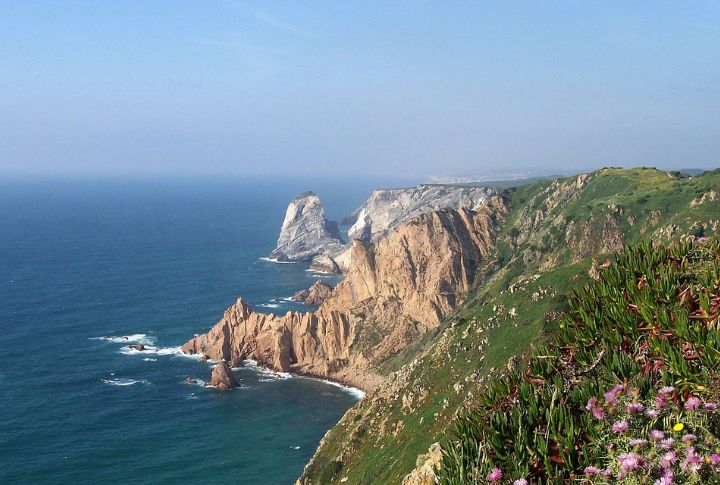
Once believed to be the literal end of the known world, Cabo da Roca still feels like an edge between dimensions. Hikers walking the Rota Vicentina often pause here—not just to catch their breath but to take in the sheer verticality of the rock face.
Madeira Island (Funchal)
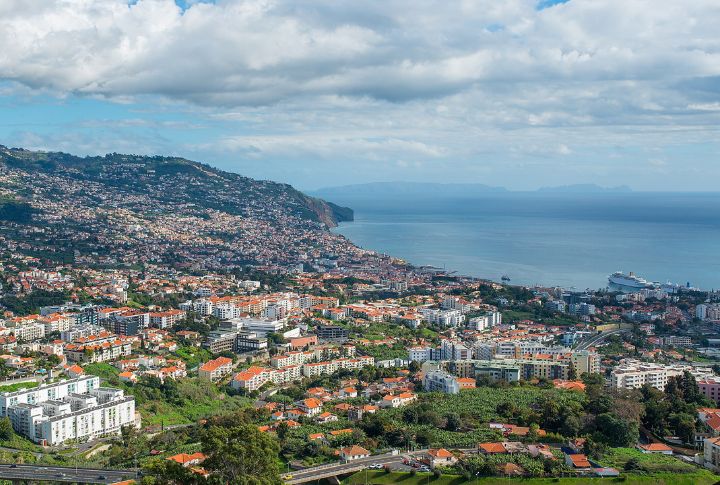
In Madeira, elevation is a way of life. From Funchal, cable cars scale lush hillsides, and terraced villages cling to volcanic ridges like a mosaic of green and terracotta. But it’s Cabo Girao, Europe’s second-highest sea cliff at 580 meters, that steals the show.
Carvoeiro, Algarve
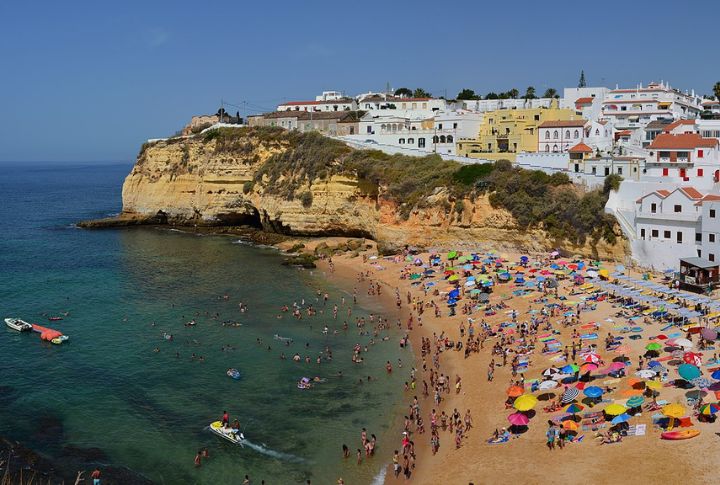
Carvoeiro offers postcard-perfect cliffs, golden beaches, and a small-town feel that’s less commercial than nearby resort hubs. Its cove-like beach—Praia do Carvoeiro—is cradled by limestone formations and framed by whitewashed houses. Just a short boat or kayak ride away, this cave has a stunning skylight.
Albufeira
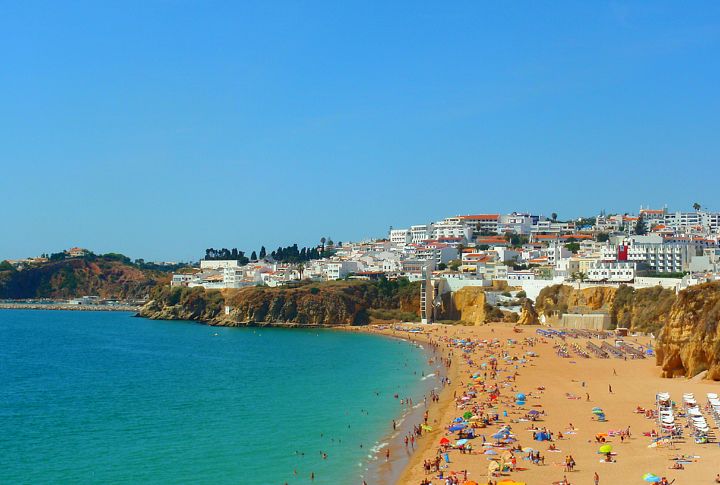
You know you’ve arrived in Albufeira when the cliffs turn sunburnt orange and seagulls wheel above beach coves. This Algarve hotspot was once a Roman outpost, and now it’s better known for its Praia da Falesia, where ochre cliffs stretch for 6 kilometers beside turquoise seas.
Tavira
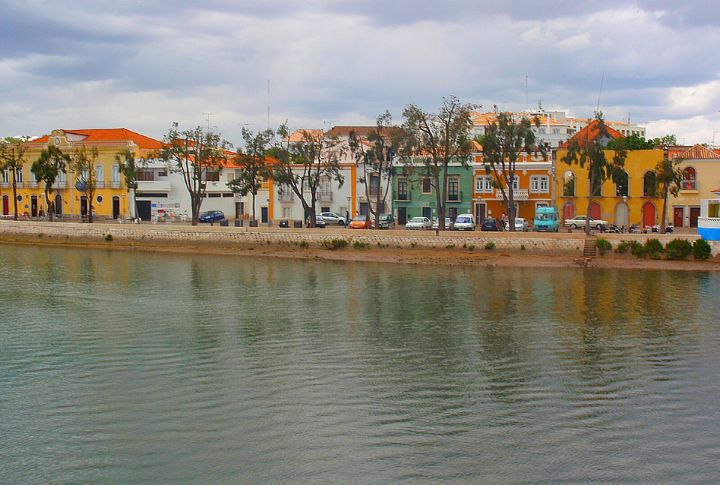
Tavira’s cliff-draped estuary waits to be discovered. The town’s past stretches to Phoenician roots, and its cliffs once served as lookout points for spotting invaders. Today, locals use those same elevations to survey the salt flats that produce Portugal’s finest flor de sal.
Lagoa
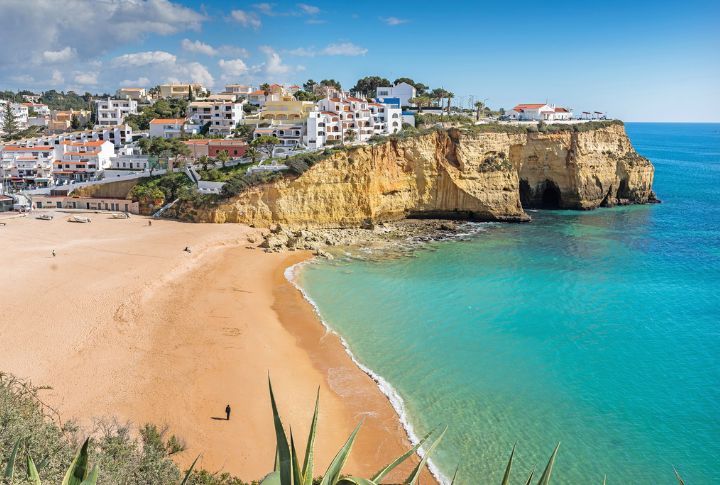
It’s hard to believe Lagoa was once a marshland. Now, it’s home to Portugal’s most photographed cliffscape—Benagil Cave—with a skylight punched through the stone like a portal to another world. Each cliff here is a geological storybook with colored layers.
Praia Das Macas
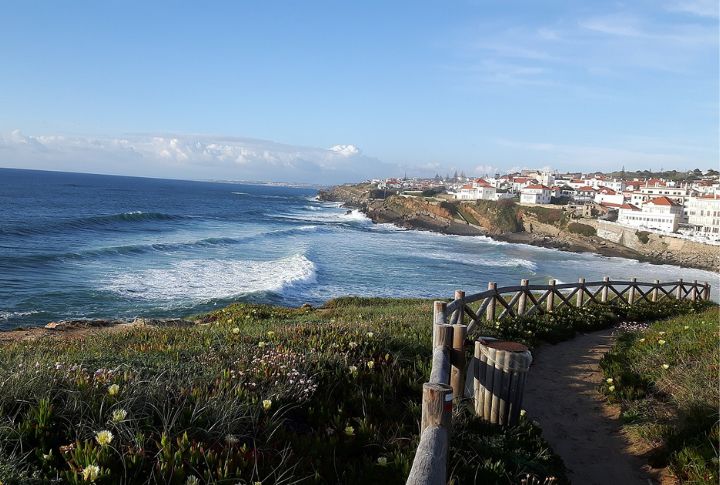
A tram line from Sintra, built in 1904, still rattles its way to Praia das Macas, named after apples that once floated down the river during harvest season. One quirky attraction? A saltwater pool is built into the cliff itself, offering wave-free dips while the Atlantic rages just beyond the wall.
Vila Do Bispo

With fewer than 6,000 residents, Vila do Bispo challenges the visitors. Located at the gateway to the Vicentine Coast, its cliffs resemble something from a Tolkien map: black schist ridges, fossil beds, and stark headlands.
Azenhas Do Mar
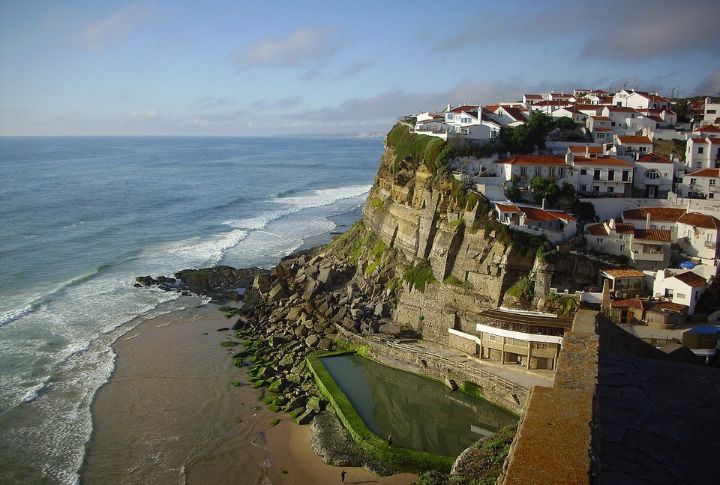
This fishing hamlet, located just north of Sintra, is so tightly packed onto the rock face it resembles a Mediterranean mirage. Beneath the cliffs, you’ll find a natural seawater pool etched into the shoreline, perfect for safe dips while waves slam the rocky barriers nearby.
Ponta De Sao Lourenco
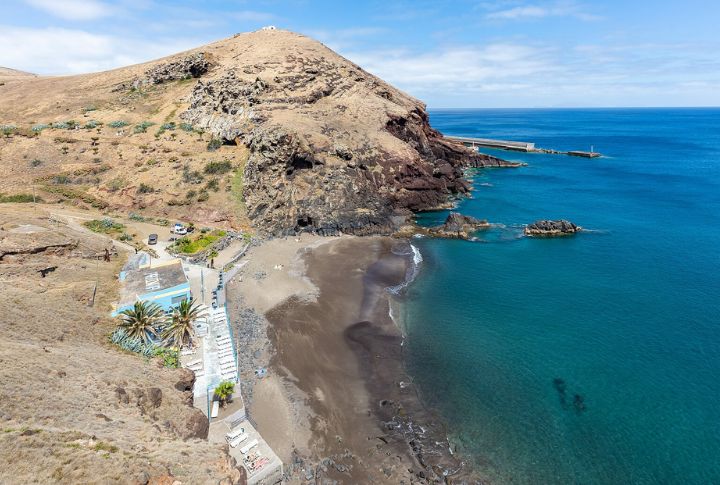
Ponta de Sao Lourenco is a jagged peninsula of volcanic rock where red cliffs clash against green plateaus and deep blue ocean. Hiking here feels like walking on a dragon’s spine, with sharp drop-offs on both sides and not a tree in sight.
Sines
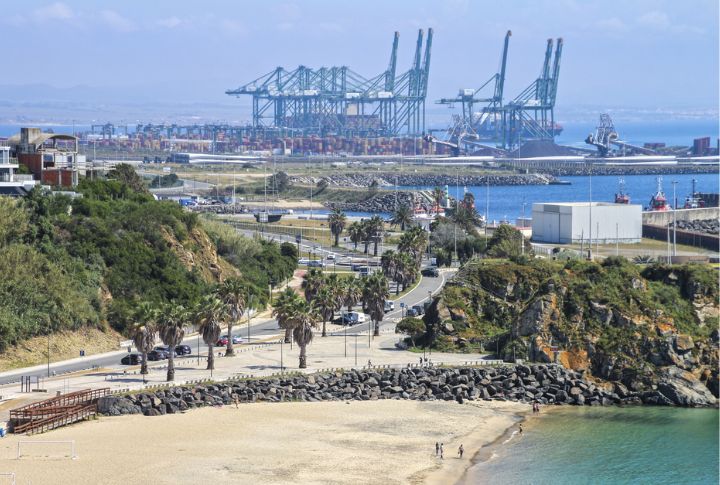
In the birthplace of Vasco da Gama, cliffs are part of the story. Sines is a port town wrapped around a crescent bay, with a medieval castle that looms above sheer bluffs. While industrial on one side, the town reveals hidden gems like Praia de Sao Torpes, where warm underwater springs feed the sea.
Zambujeira Do Mar
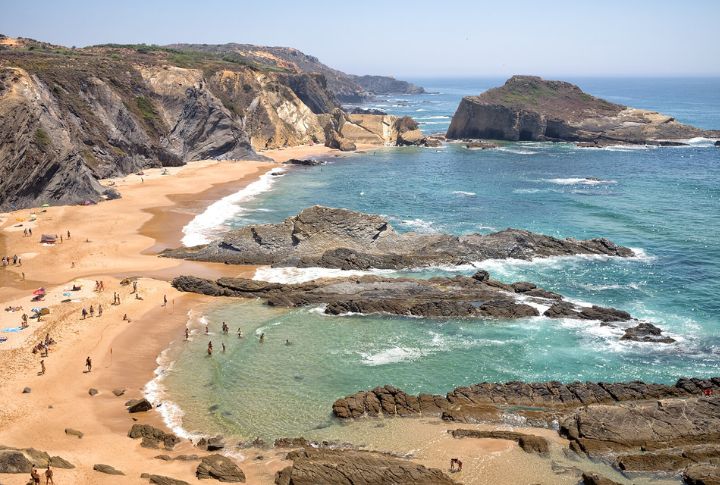
Zambujeira do Mar is a peaceful coastal village along Portugal’s Alentejo coast, known for its cliffs and golden beaches like Praia da Zambujeira. The town itself is charmingly simple, and for a burst of energy, the annual Festival Sudoeste transforms the area into a hub for music lovers each August.
Cabo Espichel
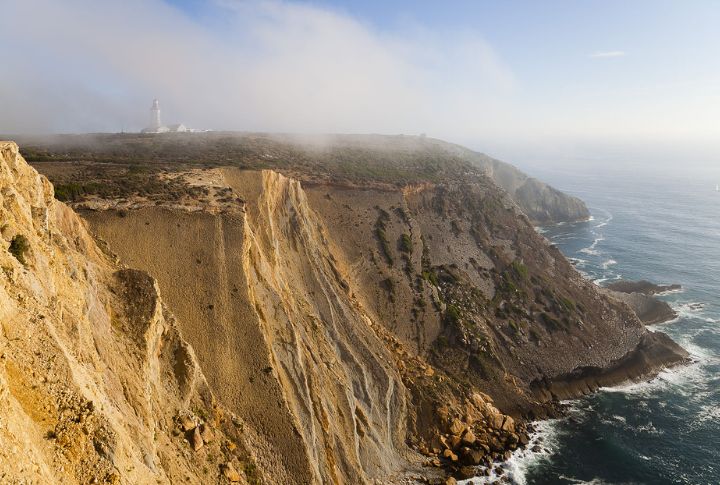
If you like your cliffs with a side of goosebumps, Cabo Espichel delivers. Located just west of Sesimbra, this headland is home to footprints of dinosaurs embedded in the cliffs, fossilized mid-stride from millions of years ago. Standing here today, you’ll feel a unique sense of awe, connecting with both the past and the peaceful surroundings.



